Scented Women 女人.香
Discover more about incense culture and female life in Chinese society through a specially curated selection of works of art that featured in our November 2021 auction of Fine Asian & Islamic Works of Art.

3 November 2021
Grace Tu
Discover more about incense culture and female life in Chinese society through a specially curated selection of works of art that featured in our November 2021 auction of Fine Asian & Islamic Works of Art.
For thousands of years, incense has been used in China not only for religious ceremonies but as an artistic element in daily life. Since Neolithic times, Chinese people burnt stones and wood for aromatherapy. Once more spices were introduced to China through the Silk Road during the Han dynasty (202BC – AD220), incense became widely used by nobility, literati and upper-class women in their daily life.
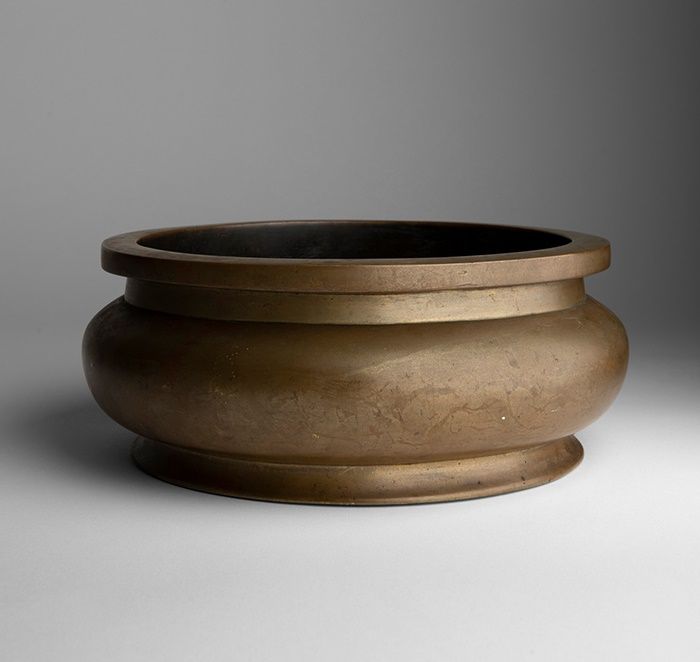
Thought to nourish the mind as well as the spirit, incense became an aid for reading and contemplation as well as part of traditional medicine, meditation, and religious rituals.
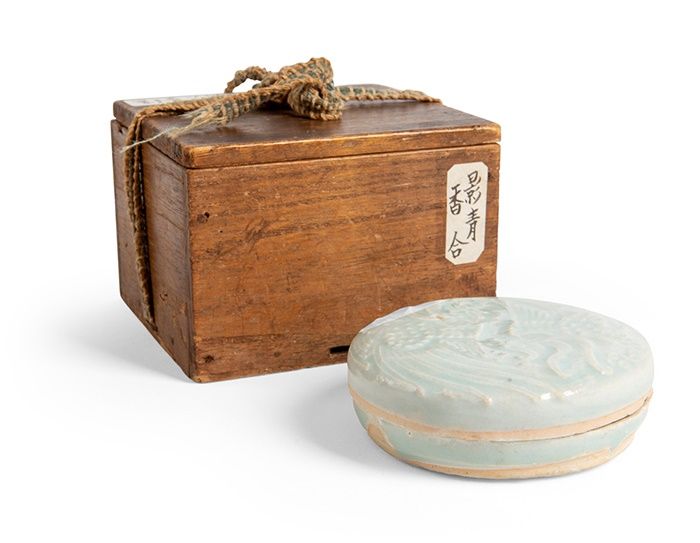
To use incense was considered elegant. During the Tang Dynasty (618-907), fragrance had become a fashion symbol for aristocratic women. As recorded in Meng Liang Lu, by Southern Song Dynasty (1127-1279) literati Wu Zimu, appreciating incense was considered one of four “graceful daily things” along with tasting the tea, creating floral decorations, and arranging paintings on walls.
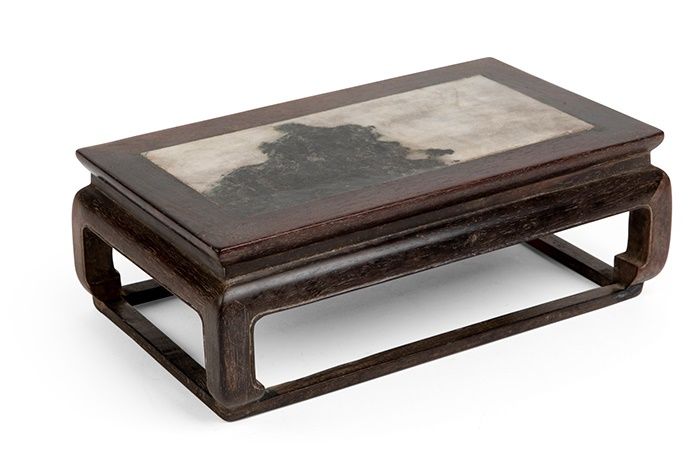
Scented Women is a curated selection of works of art related to incense culture and female life in Chinese society. For the practice of incense ritual, we include “Three Friends of Incense”- the incense tool vase (lots 4-6), incense burner (lots 7-11, 14, 15, 17-19, 22, 25, 26), and incense powder box (lot 12, 21, 23, 24). Lot 2 is an interesting square marble-inset stand which would have allowed the “three friends of incense” to be moved around the home as shown in the 18th century woodblocks of the novel Jin Ping Mei.
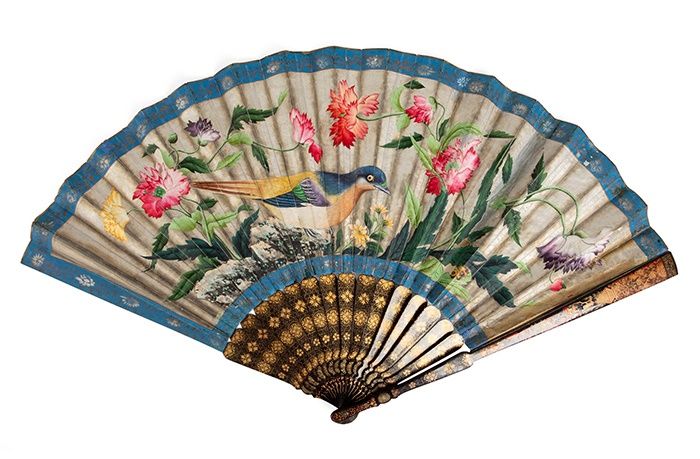
Scented Women also features a number of interesting private collections including a group of 19th century Qing dynasty decorative fans (lots 29-36) followed by a series of beautiful, embroidered lady’s costume also dating from late 19th century China (lots 37-44).
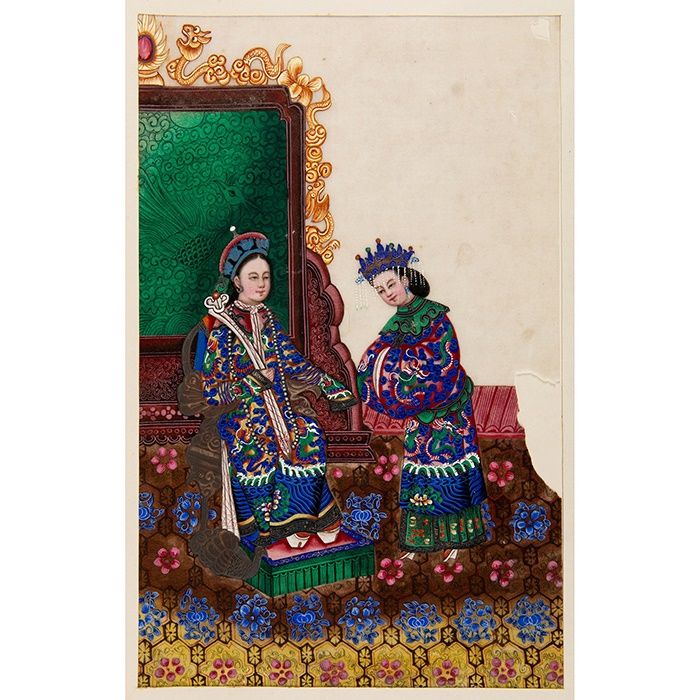
A collection of vibrant pith paintings depict Qing dynasty aristocratic women at court (lot 28) and paintings on various ceramics wares (lots 48-53) also gives us insight into historic Chinese women’s life.
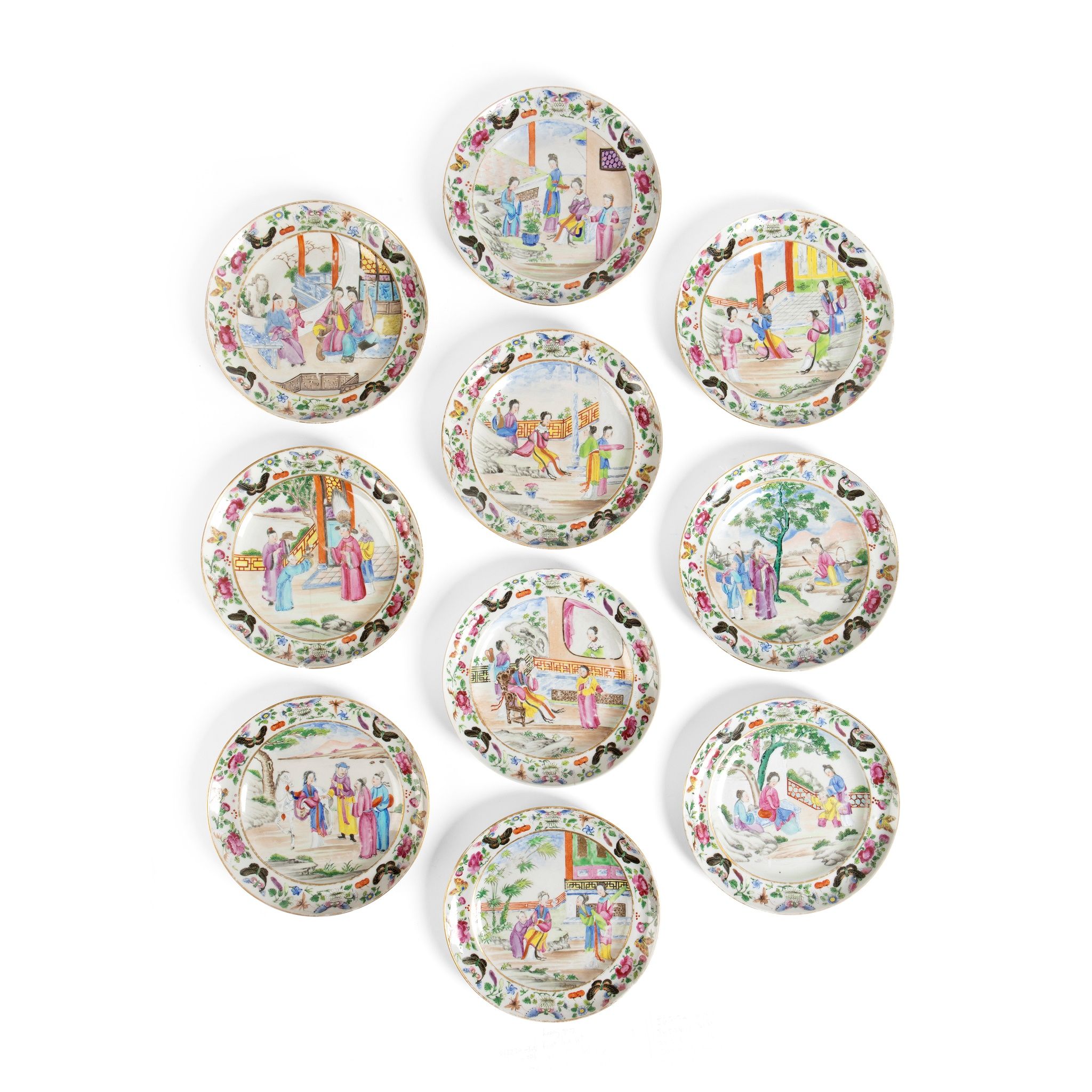
All sold prices include buyer's premium.